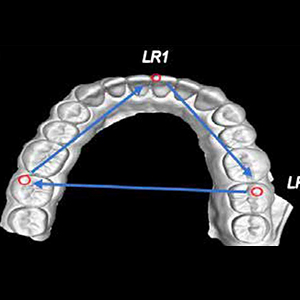The effect of operator scanning speed on the trueness and precision of full-arch digital impressions captured in vitro using an intraoral scanner

Published: 22 December 2021
Abstract Views: 871
pdf: 526
Publisher's note
All claims expressed in this article are solely those of the authors and do not necessarily represent those of their affiliated organizations, or those of the publisher, the editors and the reviewers. Any product that may be evaluated in this article or claim that may be made by its manufacturer is not guaranteed or endorsed by the publisher.
All claims expressed in this article are solely those of the authors and do not necessarily represent those of their affiliated organizations, or those of the publisher, the editors and the reviewers. Any product that may be evaluated in this article or claim that may be made by its manufacturer is not guaranteed or endorsed by the publisher.
Similar Articles
- L. F. D'Arienzo, A. Casucci, M. Ferrari, R. Madeo, Accuracy, time efficiency and operator preference in edentulous arch scanning: a preliminary report , Journal of Osseointegration: Vol. 13 No. 3 (2021)
- G. Verniani, A. Casucci, N. Nosrati, L. F. D'Arienzo, M. Val, E. Ferrari Cagidiaco, Accuracy evaluation of two different intraoral scanners in implant prosthodontics. A comparative in vitro study , Journal of Osseointegration: Vol. 16 No. 1 (2024)
- A. Biagioni, M. Pecciarini, M. Ferrari, A systematic review about randomized clinical trials on digital impressions on sound teeth , Journal of Osseointegration: Vol. 11 No. 1 (2019)
- G. Verniani, A. Casucci , E. Ferrero, C. Gaeta, E. Ferrari Cagidiaco, Accuracy evaluation of digital impressions on horizontal finish line designs , Journal of Osseointegration: Vol. 15 No. 4 (2023)
You may also start an advanced similarity search for this article.


 https://doi.org/10.23805/JO.2021.13.S04.2
https://doi.org/10.23805/JO.2021.13.S04.2








